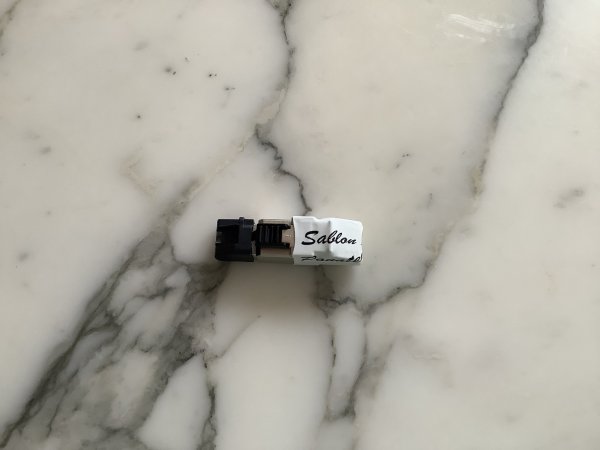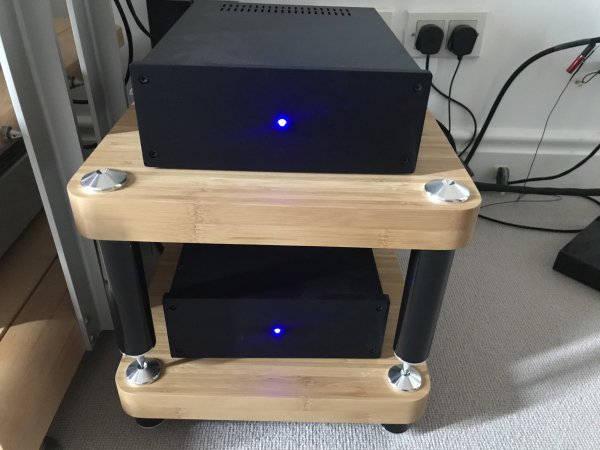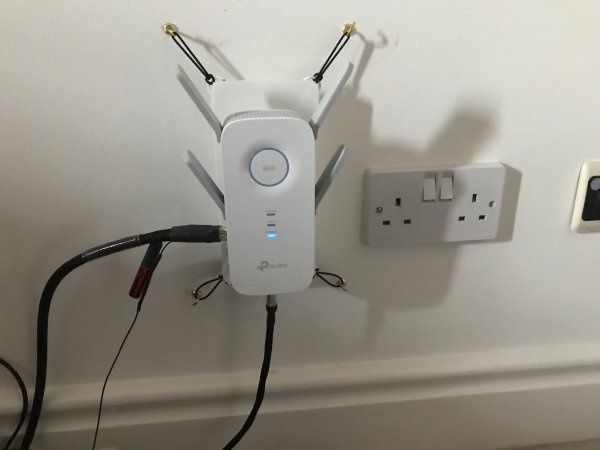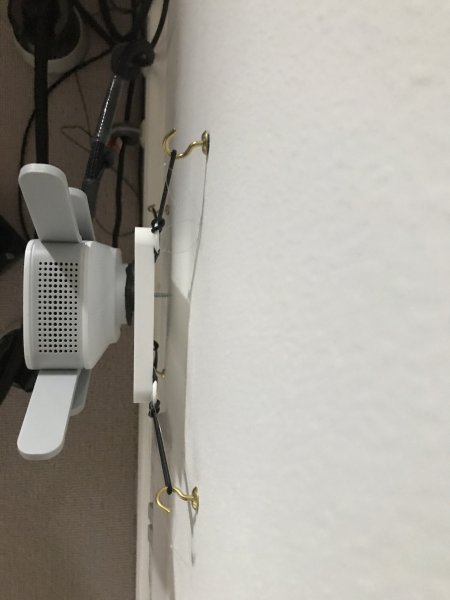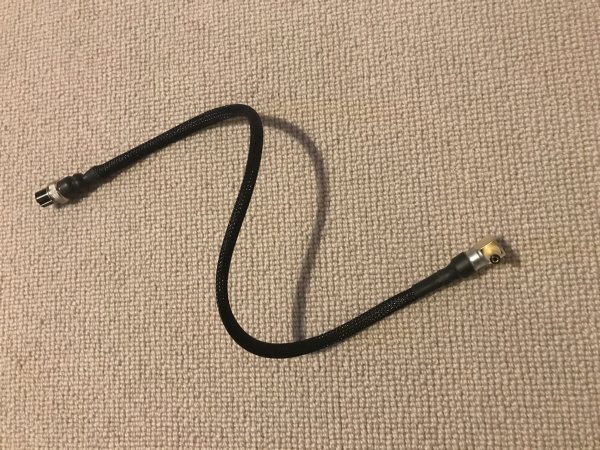Hi Spiritofmusic,So, in the UK we have our domestic BT router/modem in the lounge, and a seperate multi socket install from where Cat6 wiring goes to most rooms, incl the audio space upstairs.
Currently our only internet use is my mobile phone, Ra's laptop. Not using, and never likely to use, any of those hardwired Cat6 sockets, other than to the audio space.
Is that considered low or medium risk re hash in the EM æther?
So, add an LPS to domestic router I get.
Audiophile switch at that point?
Hardwire 50' of pricey ethernet cbl to bypass stock?
Or cheaper fibre?
Or go wireless?
A second switch up there?
LPS on both switches?
Is this the right thread for these Qs?
Looks like you are already ahead of most UK internet consumers who have an ISP supplied combination modem/wireless router and no ethernet hardwiring of any description. That was exactly my situation when I decided to base my new system on audio streaming. Back then in late 2017 I had a Virgin 200mbps Superhub 3 (the only thing super about it is the name) providing a rather weak, unreliable wireless signal serving the whole house. I have basically moved from that to what I consider to be a fully optimised network but that didn’t happen overnight. The entire exercise took quite some time and was based on a lot of listening and comparisons of various hardware and topology options.
In your position i would do things one at time, starting with adding a switch in the hi-fi room....your decision whether you want something SOTA (Melco or SoTM) or perhaps a little less expensive, but still excellent like EtherRegen. Just make sure any switch has an optical capability to keep your options open. When you’re happy with how that sounds, add a high quality LPS and something like a Ghent Audio Neotech JSSG360 DC cable.
If those improvements justify their cost, you could move on to compare various methods of getting your data stream into the hi-fi room, I compared several strategies, including low quality CAT5 ethernet, high quality cat6 ethernet (Synergistic Research), Netgear’s Orbi Mesh, Google Wi-fi, ethernet over Powerline (as an interim measure) and a wireless TPLink RE650 extender/access point. Surprisingly the RE650 gave the best results, by quite a decent margin, so that’s what I implemented. I didn’t try FO due to cable routing issues but there’s no reason you shouldn’t if its easy to run a cable. Once you choose the optimum topology to get your signal into your hi-fi room, you can then start looking at optimising the balance of your network with a superior router, LPSs on all devices, specialist DC and ethernet cables, vibration control e.g Atacama Eco platforms for modem, LPSs etc. My network is now based on a TPLInk Archer AC5400 tri-band router with one 5GHz band dedicated to audio, a cable loom of Synergistic Research Atmosphere X Ref ethernet and usb cables, Sean Jacobs DC3 LPSs on all network devices including a now highly modified RE650 extender, Atacama platforms under LPSs. modem and router, Nenon’s Mundorf silver/gold DC cables. Each step moved me closer in the direction i wanted my system to evolve, namely a more believable lifelike sound.
Last edited:











